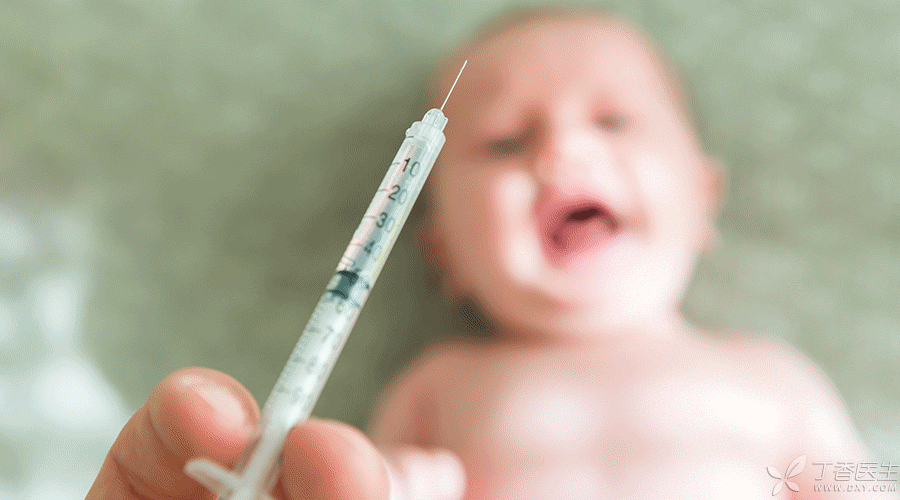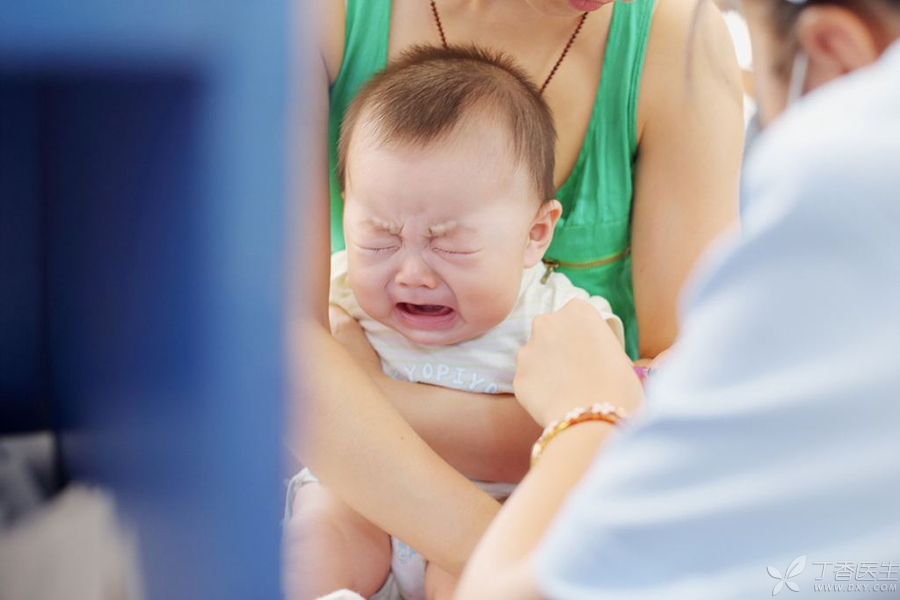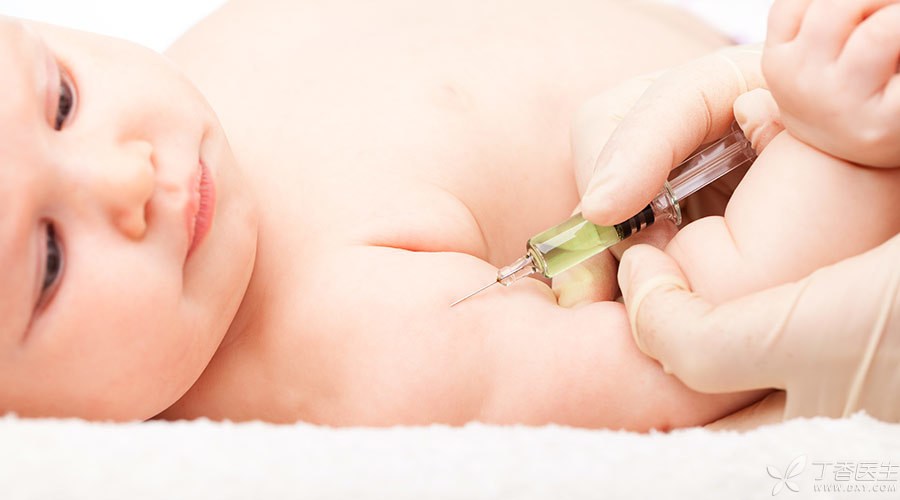
Some time ago, an article on Kawasaki disease induced by vaccine caused quite a panic among mothers.
The article is about the experience of a child suffering from Kawasaki disease after vaccination. The article collected many [cases] of Kawasaki disease caused by vaccines, which caused many mothers to worry.
Will vaccines induce Kawasaki disease? Dr. Clove found expert teacher Taolina and gave everyone an explanation from a professional point of view.
Is there a what relationship between children’s illness and vaccination?

Before talking about Kawasaki disease and vaccines, look at two sets of data.
There are 11 kinds of free vaccines for children aged 0-6 years old in our country, about 21 doses. If we add about 23 doses of 6 kinds of voluntary vaccines at our own expense, then the total number of doses of vaccines for a child before entering school will exceed 40 doses, of which 25 doses are arranged within 1 year old, which is equivalent to one dose of vaccine every 2 weeks.
The results of four health service surveys in China from 1993 to 2008 show that the 2-week prevalence rate of children aged 0-6 years old is between 13.3% and 20.2%, mainly respiratory diseases and digestive system diseases, which are higher in urban areas than in rural areas, and the younger the age, the higher the prevalence rate.
Connecting these two sets of data, can we think of what?
The 2-week prevalence rate of children exceeds 10%, Children have to be vaccinated once every 2 weeks, There must be many children’s diseases that occur within 2 weeks after vaccination, so it is difficult to prevent parents from establishing a causal relationship between these diseases and vaccines. No one will think that these children’s diseases are all caused by vaccines, so some of them are caused by vaccines, but most of them must be just coincidences in time.

You can’t help but ask, what is the coincidence rate of illness after vaccination that has nothing to do with vaccines?
Unfortunately, there is no such data estimate at present. However, I have been responsible for vaccine safety monitoring in Shanghai for 5-6 years. Based on my understanding of vaccine safety and the natural incidence of diseases, I boldly give you a proportion here: among all reported adverse events of vaccination, the proportion caused by real vaccines is not more than 10%, that is, the proportion of coincidence is 90%.
Is what Kawasaki disease?

Kawasaki disease is mainly characterized by fever, rash, limb swelling and vascular diseases (especially cardiac vessels), mainly occurring in children under 5 years old.
The disease was first described by Japanese doctor Fu Kawasaki in 1967 and has been reported in most countries or regions in the world. Although numerous scholars and laboratories around the world have studied the etiology and pathogenesis of Kawasaki disease so far, there are many hypotheses, but far from reaching a consensus.
At present, we must accept the fact that the etiology and pathogenesis of Kawasaki disease are not clear, the etiology and pathogenesis are not clear, and the etiology and pathogenesis are not clear.
Kawasaki disease is what? Is it related to vaccines?

It is precisely because the cause of Kawasaki disease is unknown and because children are frequently vaccinated that when children get Kawasaki disease shortly after vaccination, parents can easily identify the vaccine as causing Kawasaki disease.
However, if we look at Kawasaki disease from a macro perspective and combine it with vaccination, we will find many interesting phenomena.
(Summary published by Dr. Huang Guoying of Fudan University Pediatric Hospital in 2006: Epidemiological Status of Kawasaki Disease):
1. Crowd Angle
Kawasaki disease is high in children under 5 years old, but the highest incidence age is 1.7 ~ 2.5 years old. However, the most intensive vaccination period for children is within 1 year old.
If vaccination is the cause of Kawasaki disease, then Kawasaki disease should be high within one year old, right?
There are more boys than girls with Kawasaki disease, with boys accounting for about 65% of the total cases. However, the total number of boys and girls is similar, and the vaccination rates of boys and girls are similar.
If vaccination is the cause of Kawasaki disease, then boys and girls should each account for half of the cases, right?

2. Regional perspective
All countries in the world have reported Kawasaki disease, but the reported incidence rate varies greatly (2/100 000 ~ 176/100 000). All countries in the world now attach great importance to children’s vaccination. The vaccination rate in developing countries generally exceeds 80% (over 95% in China) and over 90% in developed countries.
If vaccines are the cause of Kawasaki disease, then the incidence rate of Kawasaki disease should not differ much from country to country, right?
Of course, this is not a very convincing evidence, because it is also possible that the incidence rate of Kawasaki disease is actually similar, but some countries fail to report more and some countries fail to report less.
The reported incidence of Kawasaki disease in China ranges from 2.3/100,000 to 54.2/100,000, with great fluctuations. However, the incidence rate in cities is significantly higher than that in rural areas. I would like to say again that the difference in vaccination rates between urban and rural children in China is within 5 percentage points.
If vaccination is the cause of Kawasaki disease, then the difference in incidence between urban and rural areas should not be too big, right?
However, it is also possible that there are fewer underreporting in cities than in rural areas.
Generally speaking, the comparison of the incidence rate of Kawasaki disease between regions may not be very credible due to underreporting, which is not very powerful to prove that it has nothing to do with vaccines.
3. Time angle
The incidence of Kawasaki disease has been on the rise worldwide in recent decades. Well, the number of vaccinations for children has indeed increased in recent decades, and this general trend is consistent. However, as we all know, the global temperature is also rising. China’s GDP is also growing. The more smoggy days children are exposed to. Is it possible that these increases/increases/more lead to Kawasaki disease?
The relevant data of Kawasaki disease outbreak and the demonstration given by

1. Time distribution data.
The incidence of Kawasaki disease in Japan increased from 10/100 000 in 1970 to 112/100 000 in 1998 and 151/100 000 in 2002, which is consistent with the increasing variety of vaccines. However, there were three Kawasaki disease pandemics in Japan in 1979, 1982 and 1986, with incidence rates of 78,196 and 177/100 000 respectively.
This is not easy to explain. The types of vaccines for children in Japan in 1982 and 1986 are definitely less than those in 2002. If vaccination is the cause of Kawasaki disease, then why is the incidence rate of Kawasaki disease in 1982 and 1986 higher than that in 2002?
Moreover, from the perspective of underreporting, it is only possible that the underreporting in 1982/1986 was more than that in 2002, but the incidence rate in these two years was higher. This phenomenon suggests that Kawasaki disease has other causes.

2. Seasonal distribution data.
Kawasaki disease can occur in all seasons, but the peak incidence is different in different countries and regions.
Beijing, Shanghai and Guangdong have the highest incidence rate at the turn of spring and summer. In Japan, July to September is the most common month. South Korea and Taiwan are fond of summer. In the United States, January to March is the most. However, children are vaccinated according to age instead of seasons.
If vaccination is the cause of Kawasaki disease, the incidence rate should be similar in different seasons, right?
When the blind touch the elephant, the result felt by a single person is far from the whole picture of the elephant, but when the results felt by each person are spliced together, the appearance of the elephant comes out.
The above macro perspectives, which try to prove that vaccines are not the cause of Kawasaki disease, are not very convincing when taken out alone, but when taken together from multiple perspectives, the persuasion is greatly increased.
The conclusion is that Kawasaki disease is unlikely to be caused by vaccines.
Finally, I’d like to tell you the results of my review of vaccine literature.
Kawasaki disease has been named and studied for 50 years, and the history of global vaccination has been over 100 years. Researchers in the field of vaccines are highly concerned about the safety of vaccines. If vaccines really cause Kawasaki disease, then authoritative documents will definitely mention it.
In the three authoritative vaccine documents I have read (Plotkin’s 5th edition of Vaccinology, WHO’s various vaccine position papers, and Marshall’s Vaccine Manual: A Practical Guide for Clinicians), there has never been any mention that any vaccine can cause Kawasaki disease. In my impression, the word Kawasaki disease does not appear in these documents.
Whether Kawasaki disease is the cause of what remains to be revealed by experts.
I hope this article can give the mother a scientific explanation, clear the name of the vaccine, and reassure parents to vaccinate their children.
Even if we take 10,000 steps back, we will really find that vaccines will increase the risk of Kawasaki disease in the future, and we will need to evaluate the disease risk and vaccine benefits before we can make a rational decision.
